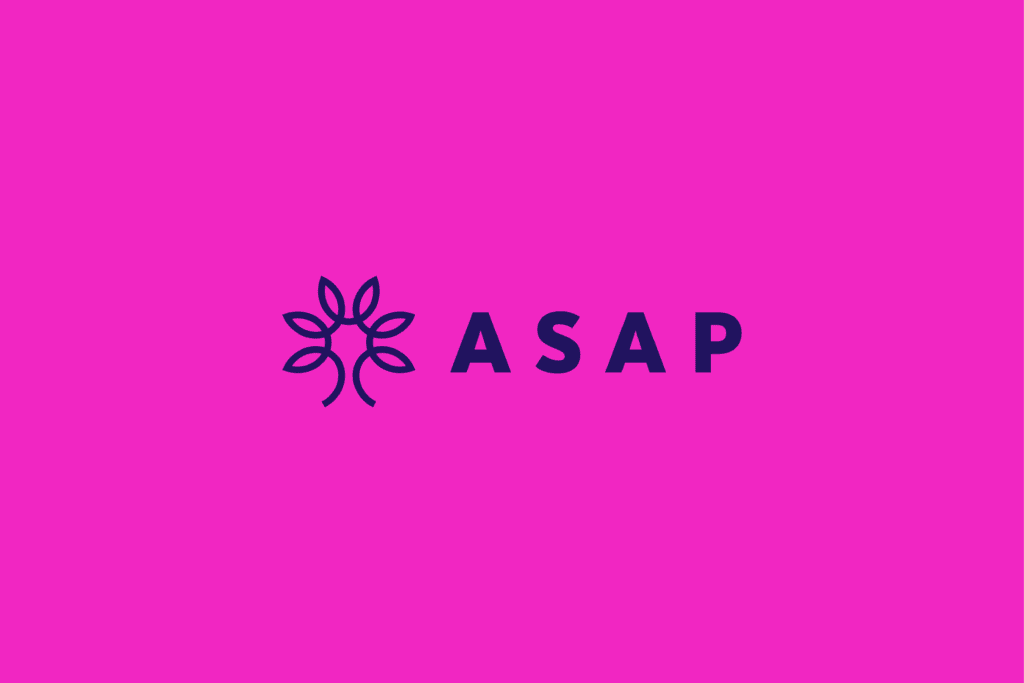The importance of logo design in brand identity
Your logo is the face of your brand identity, the visual representation that will be associated with your business in the minds of your audience. It is the cornerstone of your brand identity, conveying your values, personality, and purpose. A well-designed logo can instantly communicate the essence of your company and differentiate you from your competitors. It serves as a powerful tool for brand recognition, making it easier for customers to identify and remember your business.
To create a logo that truly resonates with your audience, it is important to understand the underlying principles of logo design and the impact it can have on your brand’s identity. By investing time and effort into crafting a thoughtful and visually appealing design, you are laying the foundation for a strong and memorable brand presence.

Elements of a successful logo design
A successful design is not about following the latest trends or using fancy graphics. It is about creating a visually balanced and cohesive representation of your brand. There are several key elements that contribute to a successful logo design:
### 1. Simplicity:
A simple logo is easier to recognize and remember. It should be clean, uncluttered, and easily readable in various sizes and formats. Avoid using too many colors, fonts, or intricate details that may distract from the core message of your logo.
### 2. Memorability:
A memorable logo is one that leaves a lasting impression on your audience. It should be unique and distinctive, making it easy for customers to recall and associate with your brand identity. Think of iconic logos like Nike’s swoosh or Apple’s bitten apple – simple yet instantly recognizable.
### 3. Relevance:
Your logo should accurately represent your brand’s identity, values, and purpose. It should align with your target audience’s expectations and preferences. A logo that resonates with your target market will help build trust and establish a strong connection with your customers.
### 4. Versatility:
A versatile logo is one that can be easily adapted to various mediums, such as print, digital, and merchandise. It should look equally appealing and recognizable whether it’s displayed on a website, a billboard, or a business card. Consider how your logo will appear in different sizes, color variations, and backgrounds.
### 5. Timelessness:
While it’s important to stay current with design trends, a logo that stands the test of time is one that can be used for years without appearing outdated or irrelevant. Avoid using design elements or styles that may quickly become outdated or associated with a specific era.
By considering these essential elements, you can not only capture the attention of clients but also accurately represents your brand’s identity and resonates with your target audience.
Understanding your target audience and brand positioning
Before diving into the design process, it is crucial to have a deep understanding of your target audience and your brand’s positioning in the market. Your creation should speak directly to your target market and align with their expectations, preferences, and values.
Start by researching your target audience demographics, psychographics, and buying behaviors. Understanding their age, gender, interests, and lifestyle can help you make informed design decisions. Consider conducting surveys, focus groups, or analyzing market research data to gain insights into their preferences and expectations.
Next, evaluate your brand’s positioning in the market. What sets you apart from your competitors? What are your brand values and personality? By clearly defining your brand’s unique selling proposition (USP) and core values, you can create a logo that accurately reflects your brand’s identity and resonates with your target audience.


Conducting research and gathering inspiration
Before putting pen to paper or mouse to screen, it’s important to gather inspiration and conduct thorough research. Looking at other successful logos in your industry can provide valuable insights and help you identify design trends and styles that resonate with your target audience.
Start by creating a mood board or a collection of logos that inspire you. Look for common themes, color palettes, typography, and design elements that you find appealing. This can help you identify design directions that align with your brand and target audience.
Additionally, research your competitors’ logos to ensure that your logo stands out and differentiates your brand. Identify what works well in their designs and find ways to create a unique visual representation for your own brand.
Remember, research and inspiration gathering should not be confused with copying or imitating other logos. Instead, use them as a starting point to create something unique and distinctive that represents your brand’s identity.
Incorporating symbolism and storytelling into your logo
A well-designed logo not only represents your brand’s identity but also tells a story and conveys a deeper meaning. Incorporating symbolism and storytelling into your logo can make it more memorable and resonate with your audience on a deeper level.
### 1. Research symbolism:
Symbols have been used for centuries to communicate ideas, concepts, and emotions. Conduct research on symbols that align with your brand’s values, industry, or target audience. Consider how you can incorporate these symbols into your logo design to convey a deeper meaning.
### 2. Visual metaphors:
Visual metaphors can be a powerful storytelling tool in logo design. Think about the essence of your brand and find creative ways to represent it visually. For example, if you’re a fitness brand, you could use a running shoe as a visual metaphor for movement and progress.
### 3. Hidden messages:
Consider incorporating hidden messages or elements into your logo design. These hidden details can create a sense of intrigue and make your logo more memorable. However, make sure that the hidden elements are not overly complex or difficult to decipher.
Remember, symbolism and storytelling should enhance your logo design and resonate with your target audience. Avoid using symbols or narratives that may be confusing or misinterpreted.


Conclusion: The power of a well-designed logo
A well-designed logo is an essential component of a standout brand identity. It serves as the face of your brand, conveying your values, personality, and purpose. By understanding the principles of logo



